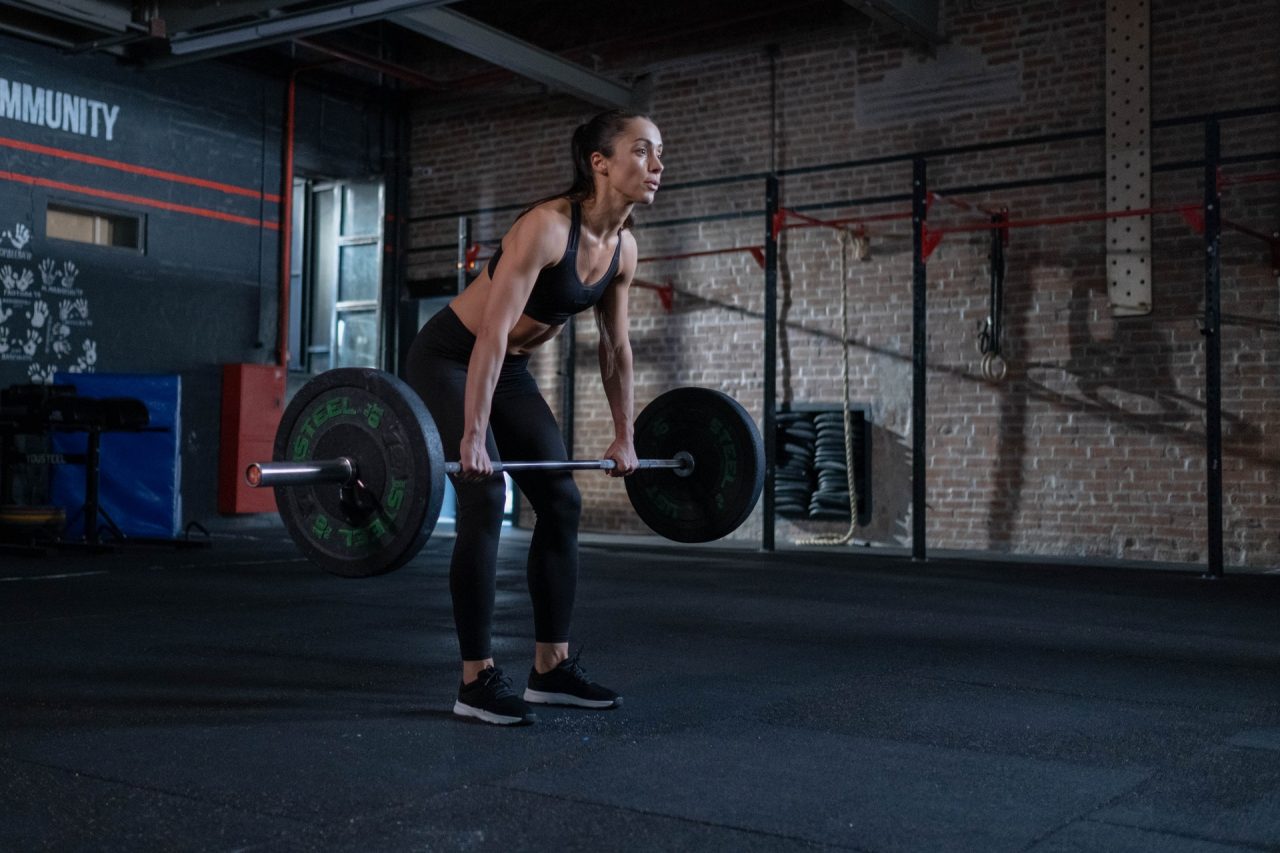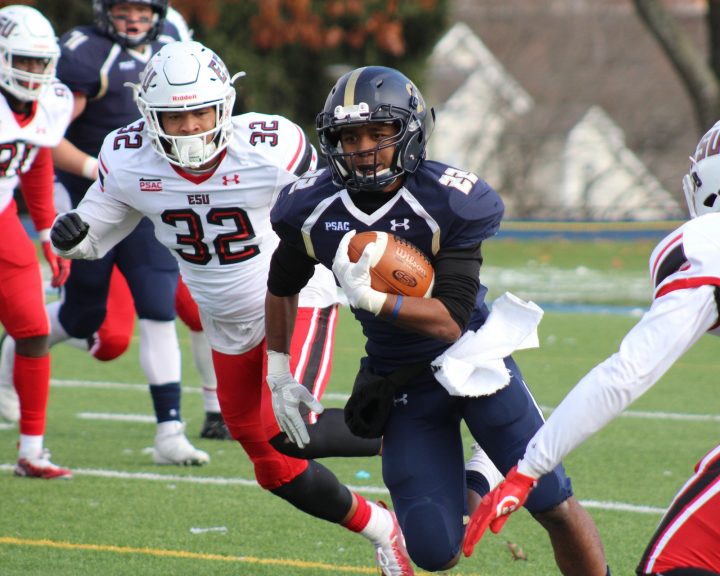In previous posts we have covered the hang power clean, push jerk, and hang power snatch as power training exercises that can be used in a team strength and conditioning setting. One challenge is that even these variations can be pretty technical and require a learning curve on the part of the athletes. This may or may not be a good use of their training time. In addition, they require comfort and knowledge on the part of the coach and this may or may not be present.
One way around this is to use the pull variation of the cleans and snatches. Today we’ll talk about the clean pull. Basically this lift has the explosive part of the clean without worrying about getting under it and catching it. We’ll describe this as a lift done from the hang though it can be done from multiple positions and even the floor.
Stand up with the barbell in your hands. Take a clean-width grip on the bar. Pull your shoulders back and stick your chest out. Unlock your knees. From here, push the hips back until the bar reaches the mid thighs. This is the starting position.
From here three things need to happen nearly simultaneously. Violently extend the hips. As this happens rise up onto the toes and shrug the shoulders up. This will force the bar to move up along the body. Allow it to move back down, reset, and perform the next repetition.
A few cautions with this lift:
- Avoid moving the bar away from the body, in other words avoid swinging out with the bar. This makes it more difficult to control. Also if we do also perform cleans then this creates a bad habit.
- Avoid pulling with the arms. As we explode we relax the arms to allow the bar to travel, but we don’t pull with them. Pulling with the arms actually slows down the bar and helps to swing it away.
- No more than six repetitions per set. Remember, this is a power exercise.
The benefit of this exercise is that it trains the explosive part of the clean. It’s easy to do in a team setting and, since we’re not getting under the bar, it doesn’t require a platform or bumper plates.
Now the challenge is that moving under the bar to catch it and stand up with it requires a different level of strength and core/lower body development that we miss out on with the pulls. I have also found that when we have to get under the bar, we have a tendency to pull harder than we would if we know we don’t have to. Finally, getting under the bar develops a different level of mental toughness. It’s like the difference between performing a quarter squat and a half squat.



